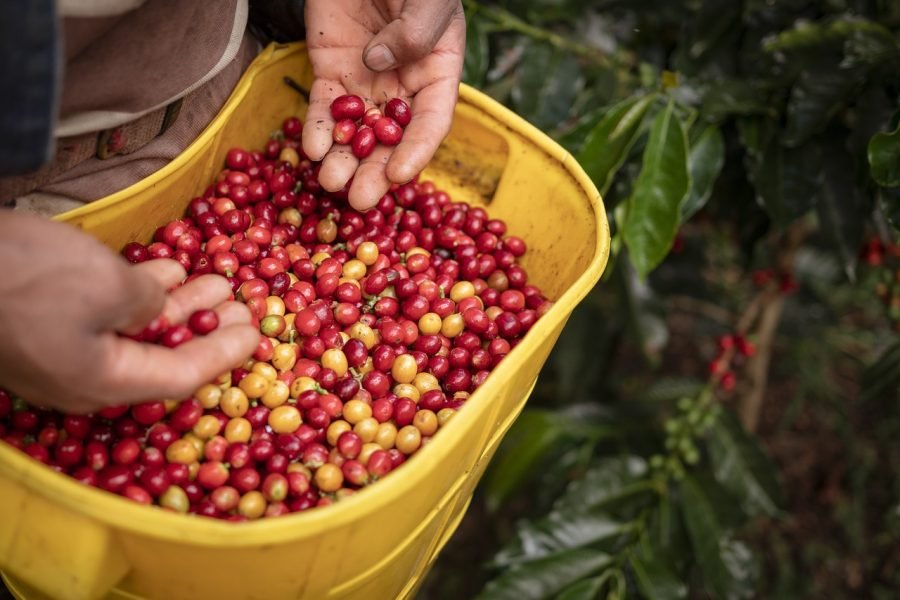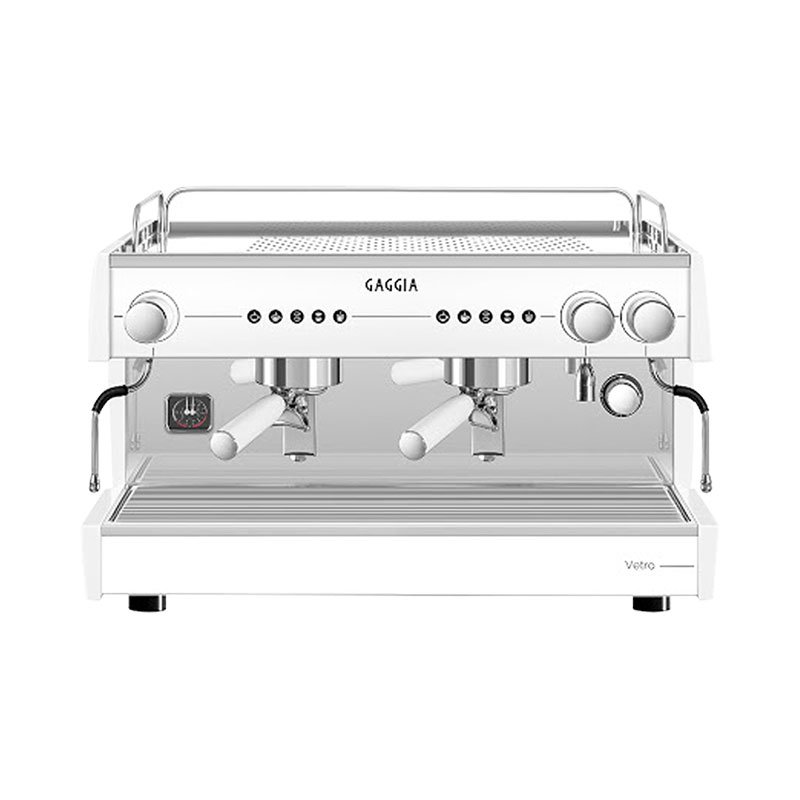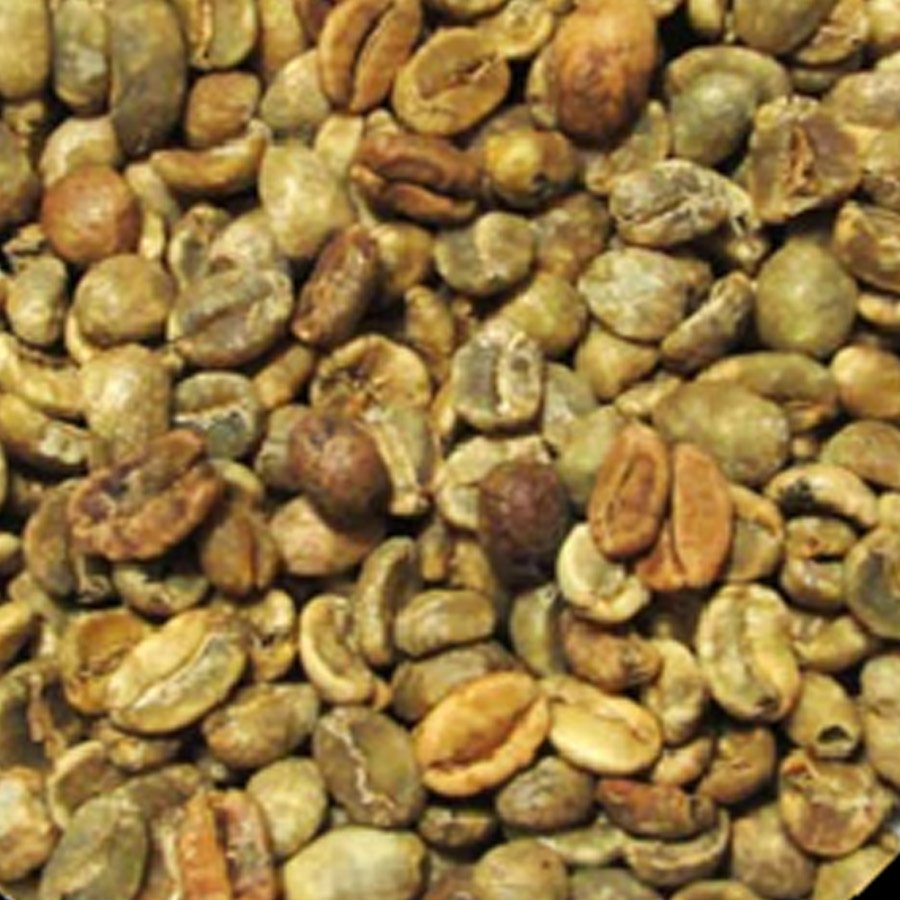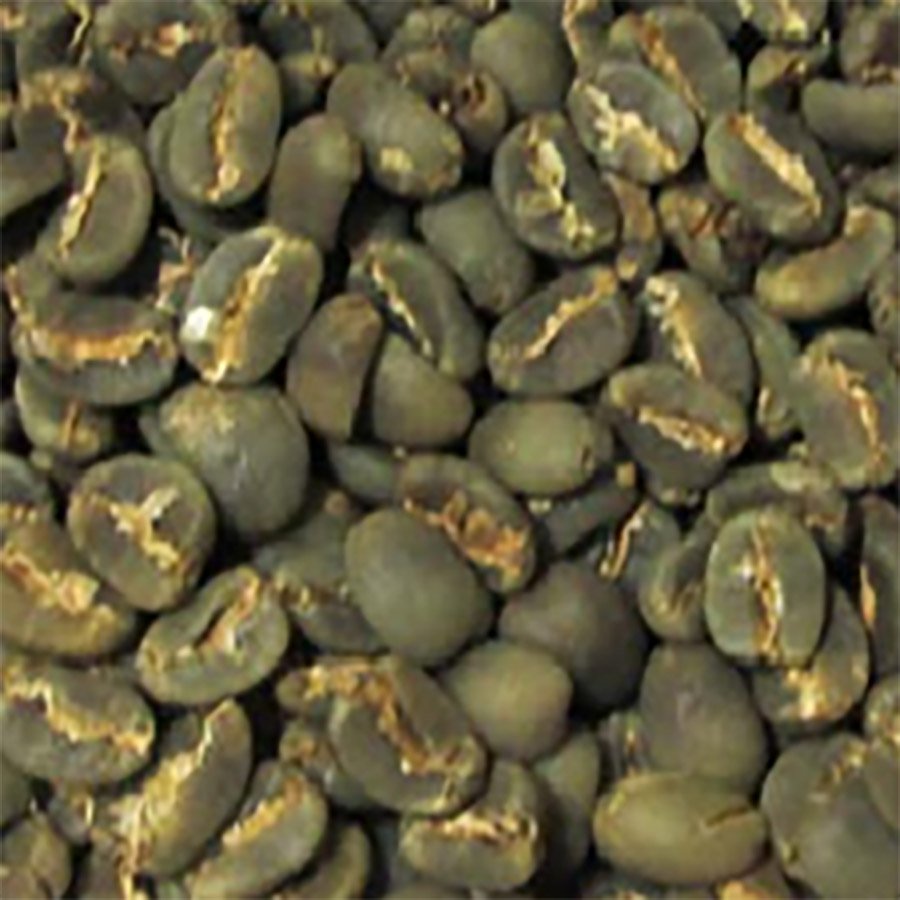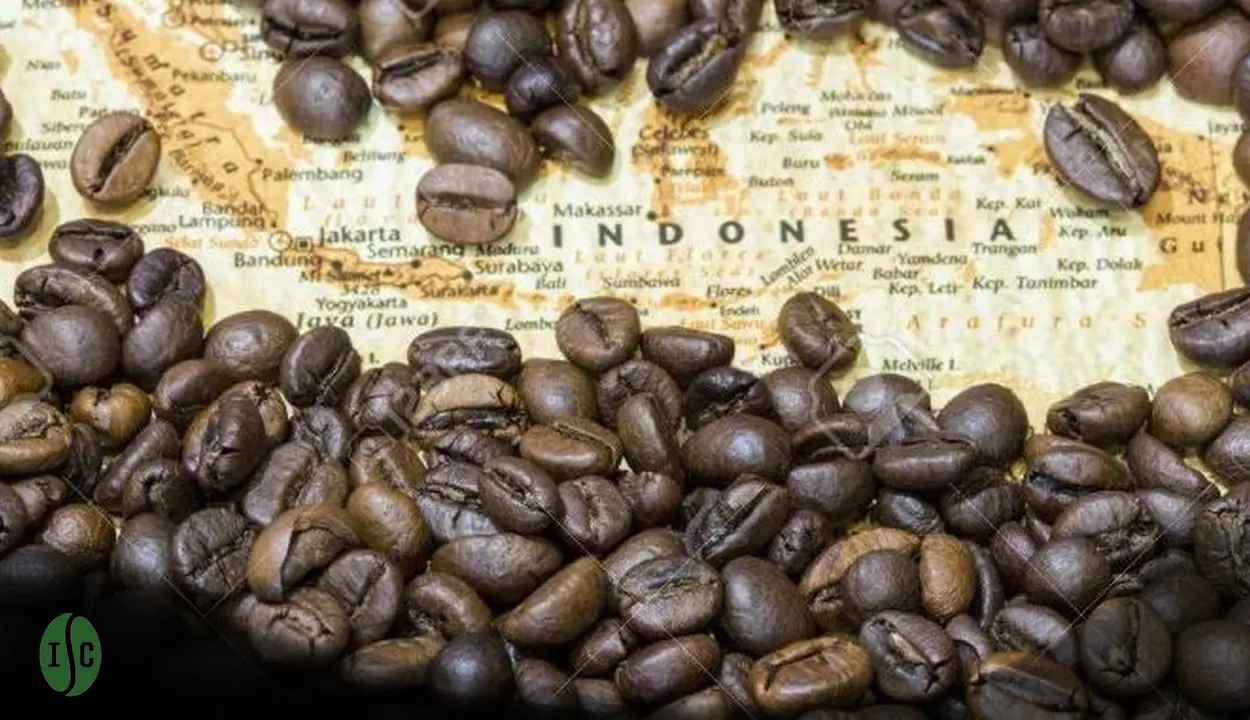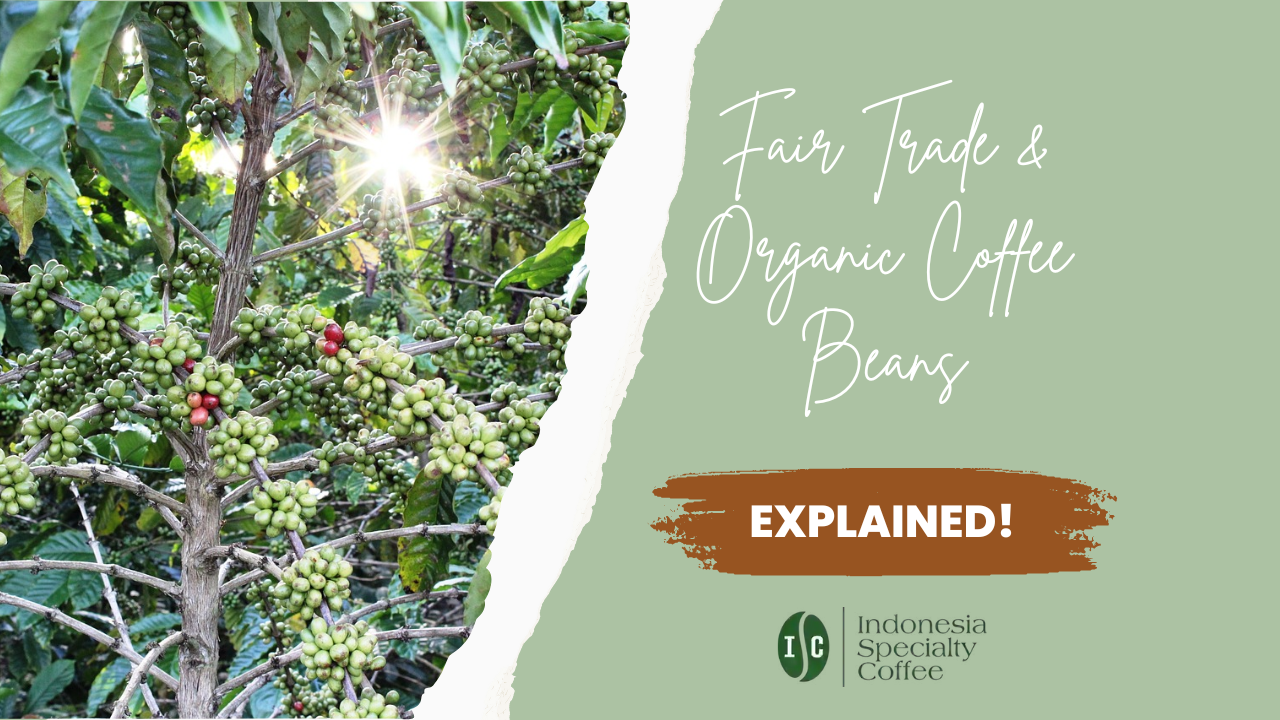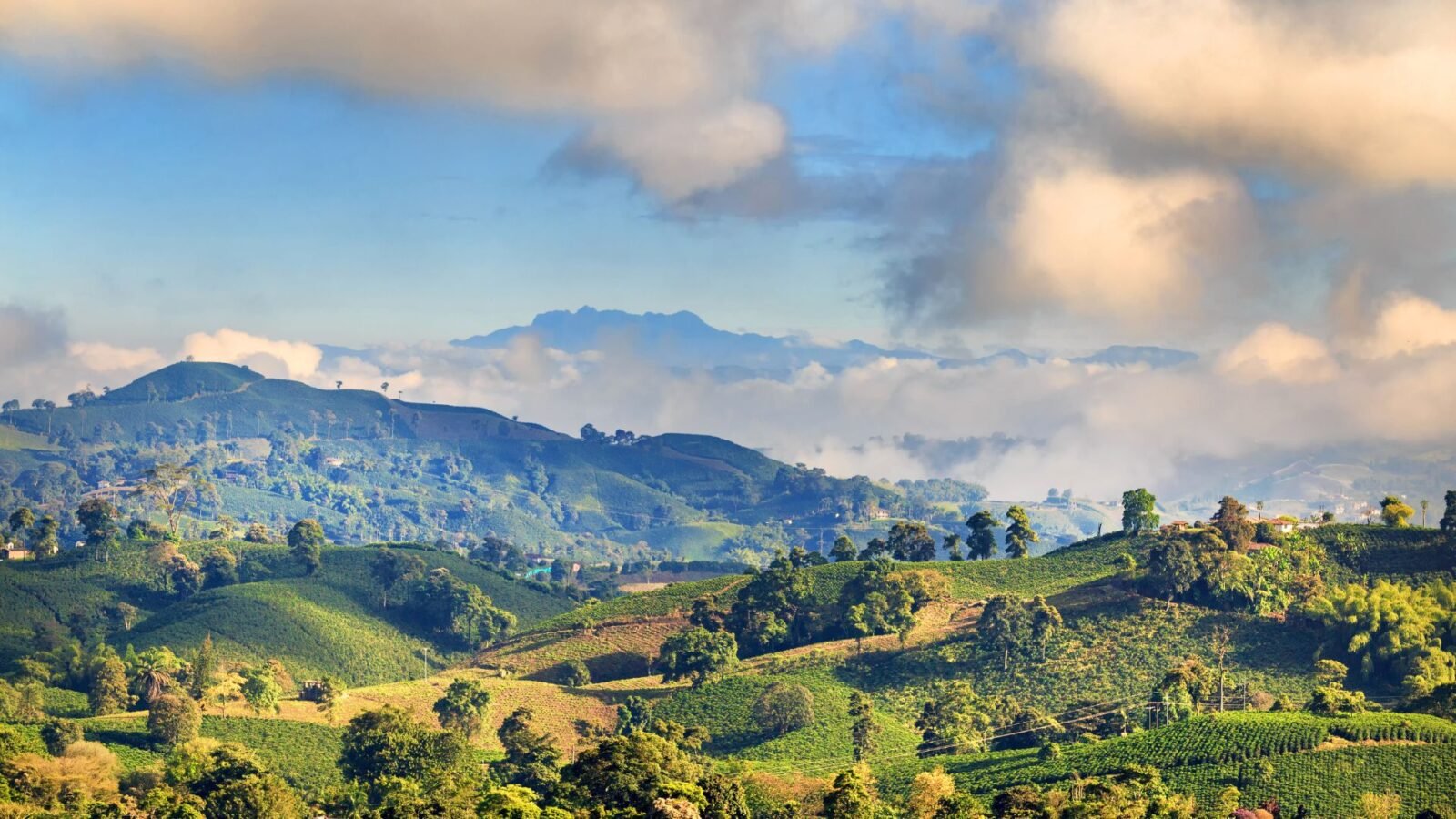Coffee, that beloved elixir of life, has an incredible ability to transport us to far-off lands with each sip. Among the myriad varieties of coffee produced around the globe, Toraja coffee stands out as a true gem, hailing from the lush landscapes of Indonesia. This coffee’s taste is nothing short of enchanting, a rich tapestry of flavors born from the unique blend of geography, climate, and cultivation methods. Join us on a sensory adventure as we delve deep into the world of Toraja coffee, from its humble beginnings as a coffee flower to the exquisite brew that graces our cups.
The Birth of Toraja Coffee: From Flower to Berry
Toraja coffee, like all great coffees, starts as a delicate and unassuming flower. It takes a remarkable nine months for these blossoms to transform into the iconic coffee berries. This slow maturation process allows the beans to develop complex flavors, setting the stage for the coffee’s unique taste profile.
Where Geography Paints the Flavor Palette
The geographical origin of coffee plays a pivotal role in shaping its flavor, and Toraja coffee is no exception. Nestled within the Tana Toraja Highland in South Sulawesi, Indonesia, this coffee is nurtured by the region’s lush landscapes, which include soaring altitudes, fertile volcanic soils, and a generous annual rainfall. The altitude, ranging from 1200 to 1700 meters above sea level, imparts a remarkable depth to Toraja coffee’s taste. The volcanic soils, varying from infertile to fertile, provide a nuanced foundation upon which its flavors are built.
Caffeine Content: A Balanced Kick
Toraja coffee boasts a caffeine content ranging from 0.8 to 1.4%. This moderate caffeine level contributes to its versatile appeal, making it suitable for both casual sippers and devoted caffeine enthusiasts. It strikes a harmonious balance between providing a gentle pick-me-up and allowing the intricate flavor notes to shine through.
The Art of Cultivation: Production and Harvest
The production of Toraja coffee ranges from 800 to 1500 kilograms per hectare. Such a range may seem broad, but it reflects the dynamic interplay between various factors, including climate conditions, altitude, and cultivation techniques.
The Toraja region is blessed with an optimal temperature range of 13 to 28°C, creating a temperate environment that is ideal for coffee cultivation. Coupled with an annual rainfall spanning from 100 to 3000 millimeters, this region ensures that coffee plants receive the hydration they need to thrive. These conditions, along with the altitude and fertile volcanic soil, make for a nurturing environment for coffee plants, allowing them to develop beans of exceptional quality.
The method of harvest employed in Toraja coffee production is a blend of modernity and tradition. Mechanical and hand-picking techniques are both used, ensuring that only the ripest coffee cherries are selected. This labor-intensive process results in a coffee that is rich and full-bodied.
The Craft of Processing: A Tale of Two Methods
The journey from coffee cherry to bean is a crucial phase in determining the final flavor of Toraja coffee. Two primary processing methods are employed, each contributing its own distinct character to the coffee:
- Fully Washed (Estate): In this method, coffee cherries are meticulously sorted, pulped, and then fermented. This process allows for the removal of any unwanted fruit residues, resulting in a clean and consistent flavor profile. The fully washed beans yield a coffee known for its bright acidity and prominent chocolate undertones.
- Wet Huling Washed Process (Smallholders): This processing method is favored by smallholders who have perfected the art of crafting unique Toraja coffee. Cherries are pulped and fermented in water, with meticulous attention to timing and temperature. The result is a cup that showcases the intricate flavors nurtured by the Toraja landscape, characterized by a delightful interplay of acidity and chocolate notes.
Tasting Toraja: A Symphony of Flavors
Now that we’ve explored the journey of Toraja coffee from flower to brew, it’s time to savor the taste that makes it truly exceptional. When you take that first sip of Toraja coffee, you’re greeted with a symphony of flavors that dance across your palate.
The acidity in Toraja coffee is bright and lively, like a burst of sunshine on a crisp morning. It’s a welcome wake-up call that invigorates your senses. This acidity is beautifully balanced by the deep, sultry notes of chocolate that follow. It’s like sipping a rich, velvety dessert, with a complexity that keeps you coming back for more.
The combination of altitude, climate, and processing methods creates a coffee that is both vibrant and well-rounded. The beans’ slow maturation on the coffee plant allows for the development of sugars and oils that infuse each cup with a deep, lingering sweetness. This sweetness, combined with the chocolate undertones, makes Toraja coffee a true indulgence.
Conclusion: Toraja Coffee – A Flavorful Journey of Complexity
In the world of coffee, Toraja coffee stands as a testament to the artistry of nature and the dedication of those who cultivate it. From the moment the coffee flowers bloom to the final sip in your cup, Toraja coffee embodies a journey filled with complexity, nuance, and unparalleled flavor.
The unique combination of geography, altitude, climate, and processing methods results in a coffee that is a true masterpiece. Its bright acidity and chocolate notes make it a delight for the senses, whether you’re a seasoned coffee connoisseur or a casual drinker.
So, the next time you savor a cup of Toraja coffee, take a moment to appreciate the journey it has undertaken to reach your lips. It’s more than just a beverage; it’s a sensory adventure that invites you to explore the rich flavors of Indonesia’s Tana Toraja Highland, one sip at a time.

